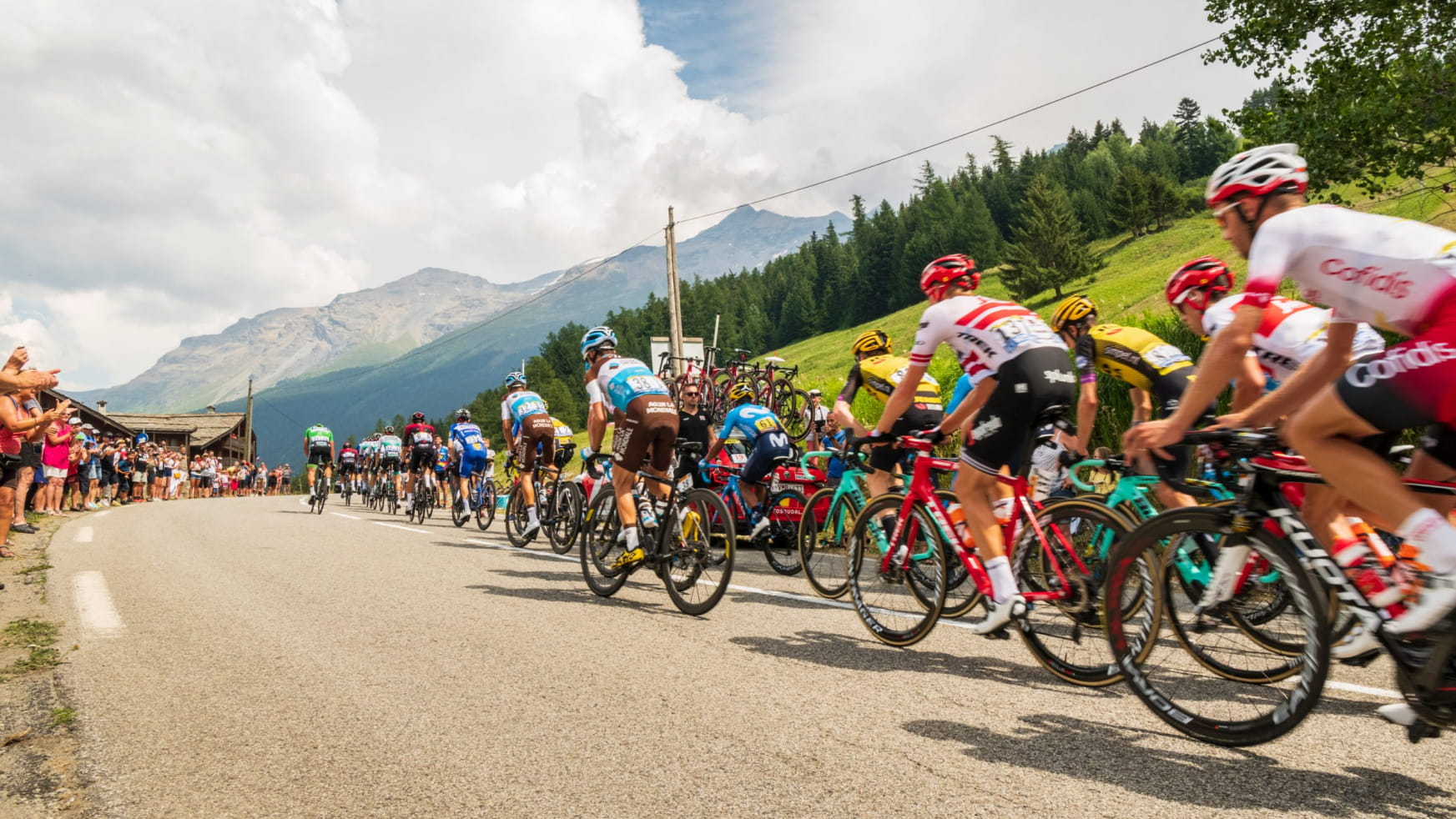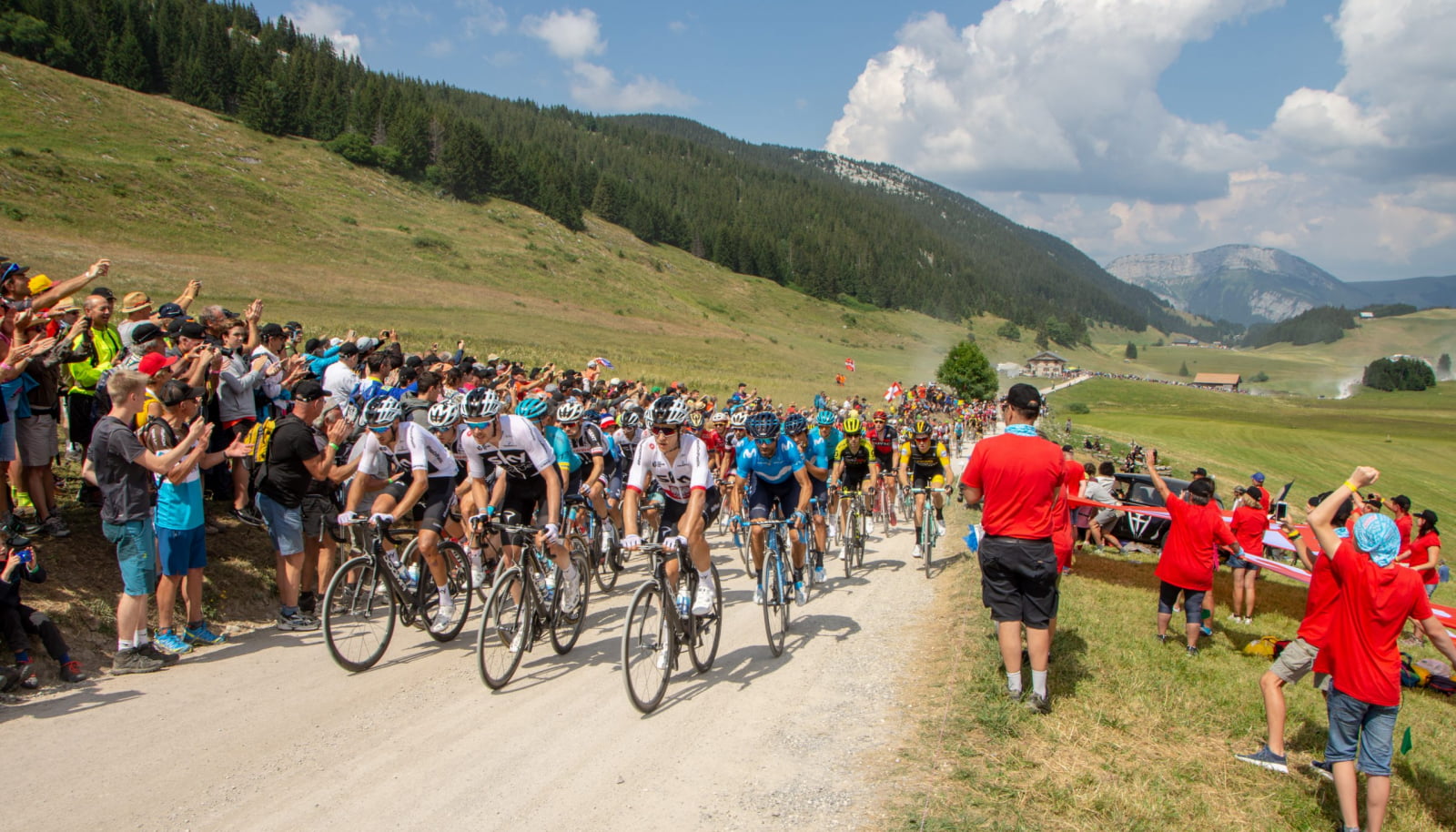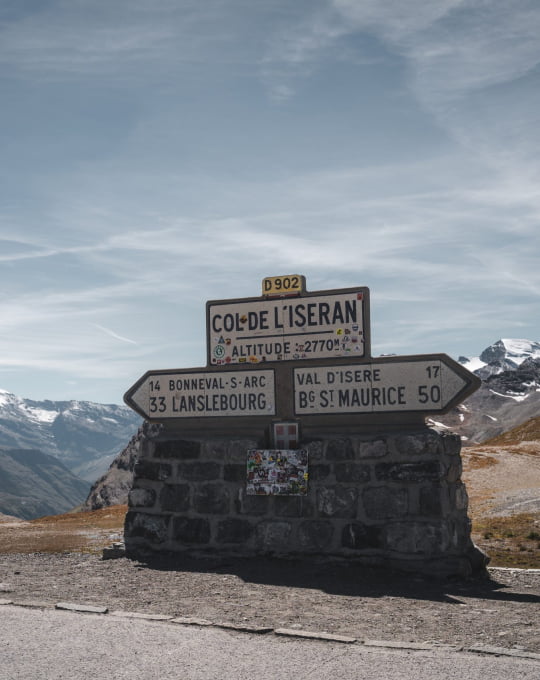A historic location for the Tour de France

MOUNTAIN STAGES
First, there are the stats that reveal its special standing. The Savoie and the Haute-Savoie have hosted the Tour de France 44 times since 1947. Sixty-nine ascensions have been cleared. In 2021, the cities of Cluses, Tignes, and Albertville welcomed the participants of the greatest cycling race on the planet. But, beyond the figures, the entire history of the Tour blends into that of our region.
Although the race sprung from the newspaper l’Auto’s crazy idea in 1903, the mountain stages did not appear until the 1911 arrival in Chamonix after a 344-kilometre stage. Two days later, the athletes left the alpine capital and headed to Grenoble, 366 kilometres away.
The images of these past heroes have inspired several generations. The mountain stages are fascinating and worrisome at the same time. Each June, we frequently cross paths with Tour champions on the Savoie and Haute-Savoie hills. Why? They are memorising each turn, each slope—immersing themselves in the location to master the stage. Because in this location, the Tour can shift dramatically.


ATTACKING THE MAJOR PEAKS
Even the best cyclists in the world need to be armed with patience and humbleness to reach the Little Saint Bernard Pass (2,188 metres) at the border between the Savoie and Italy, to overtake the Col du Galibier (2,642 metres), and then hurtle down towards the Hautes-Alpes or catch a glimpse of the Col de l’Iseran sign perched at 2,764 metres. The latter pass is the highest in the region and remains a feisty and unpredictable beast that is hard to conquer.
Did you know? ?
In 1996, the peloton reached the summit by car as snow made cycling impossible.
In 2019, just 48 hours before the conclusion on the Parisian boulevards, the peloton climbed the roads from Bonneval-sur-Arc towards the Col de l’Iseran. Everything came to a halt a few minutes after the descent began when a mudslide ended the stage.

NEWER STAGES
Since then, the Tour de France has explored new itineraries in the heart of our region. To keep the legend going. And to refresh it.
In 2018, the Tour attempted the ascent to the Plateau des Glières, an important site of the French Resistance during the Second World War at 1,390 metres. The 9.4-kilometre climb from Nant Sec concluded with riding on white paths, like an ode to the bikes of yesteryear broadcast across the world.
Our homeland remains fascinating one hundred years after the first Tour de France in the Savoie and Haute-Savoie. Here, cyclists from the four corners of the world take on the legendary Cols each year as if to better grasp the iconic Savoie Mont Blanc passes.
